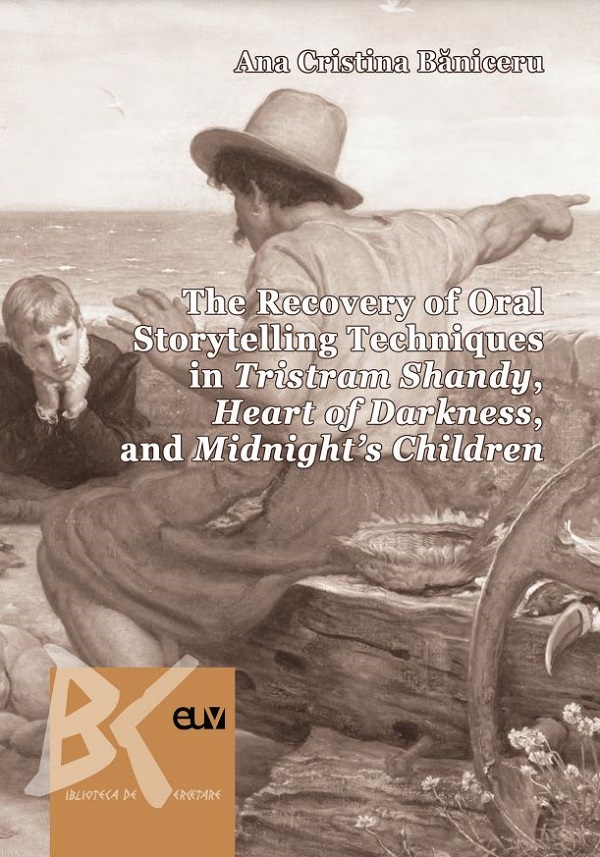The contemporary novel, with its renewed interest in simulated orality, has become the meeting point of two seemingly different types of discourse, written and oral. The present book examines oral storytelling techniques in the British novel, recovered through writing. One of the most practical ways to analyse the dynamics and tensions created between the two types of discourse is to focus on the relationship between storyteller and audience, and on how this relationship changes with the transformation of the former into the narrator and the latter into the narratee.
What this book puts forward to demonstrate is that these tensions have always existed and, most importantly, that they are in a continuous transformation. When discussing the changing dynamics between residual orality and literacy, a historical perspective will prove most useful. Therefore, I distinguish in the history of the English novel three crucial moments as far as the interplay between orality and literacy is concerned. The first period is represented by the eighteenth century, the second by the end of the nineteenth century, and the third by the second half of the twentieth century. To illustrate these moments, I have selected three novels, three case studies, as follows: Laurence Sterne’s The Life and Opinions of Tristram Shandy, Gentleman (1756-67), Joseph Conrad’s Heart of Darkness (1899), and Salman Rushdie’s Midnight’s Children (1980). My argument is that each novel discussed puts forward a different type of interaction between the oral and the written discourse, as reflected in the relation between narrator and narratee. These three types of interactions result in three types of discourse: the disjointed, the introverted, and the grotesque discourse and three types of storytellers: the trickster, the shaman, and the historyteller.












